Wednesday, April 21, 2010, 04:48 PM - Lenses
Quite interested to know how much the modern Tamron Adaptall-2 SP 90/2.8 (72B reference) would be an improvement over the older Tamron Adaptall-2 SP 90/2.5 (52B and 52BB), I bought a brand new (likely old stock) 72B from KEH.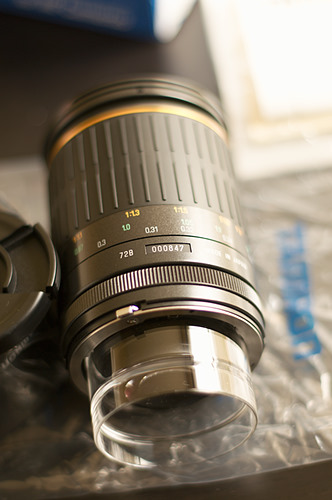
This comparison is between 3 90mm macro lenses:
*Panagor PMC 90/2.8 (m42 screw mount version)
*Tamron Tamron Adaptall-2 SP 90/2.5 (52B)
*Tamron Adaptall-2 SP 90/2.8 (72B)
Both the Panagor and the 72B are going up to 1:1 magnification, while the 52B only goes up to 1:2 (you need either an extension tube or a teleconverter to reach 1:1). However the 72B, like most modern macro lenses, only reaches 1:1 by altering its focal length. At 1:1 its focal length is about 70mm, requiring to be closer to the subject than using the Panagor (or the 52B on extension tube).
The Panagor and the 52B have a metal barrel, while the 72B is a mix of metal and plastics.
I am mostly interested to check how those lenses compare regarding flare, as this is the biggest issue with the Panagor: under high exposure, it has a strong tendency to produce a low contrast image, contrast being significantly lower on the center of the picture.
Here is an example of such case with the Panagor:
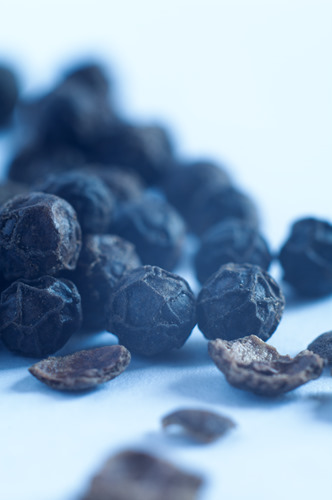
This can be corrected in post-processing, but I'd prefer not to have to do it.
Corrected version:
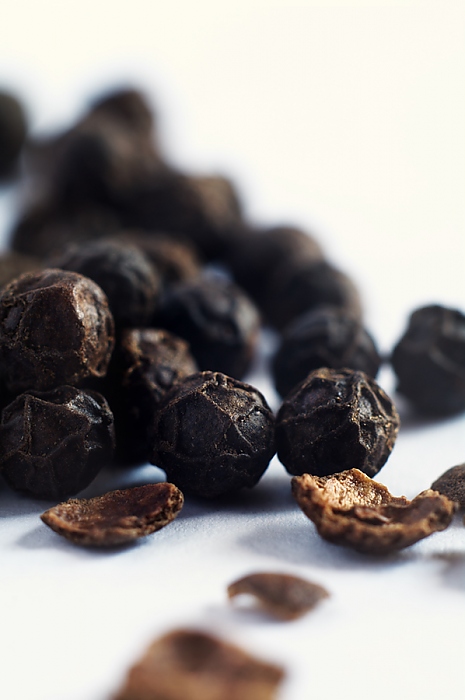
Here is the shootout, manual white balance and manual exposure, so any difference is because of the lenses.
Set 1 - f/2.8, 1:2 magnification:
Panagor
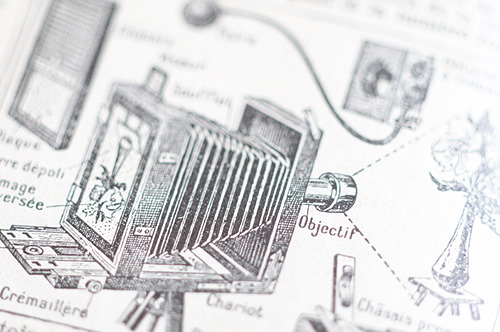
52B
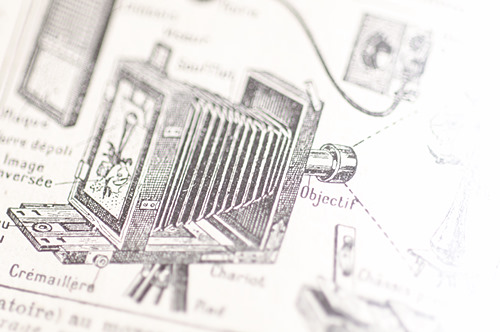
72B
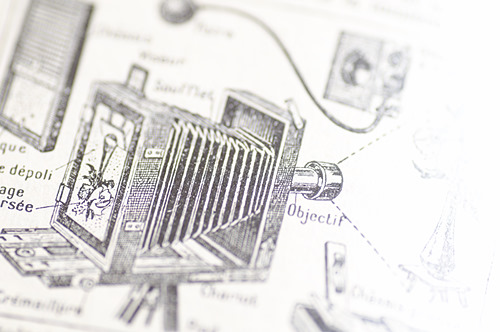
And some 1:1 crops (from a Pentax K7 - 14.6MP/APS-C):
Panagor
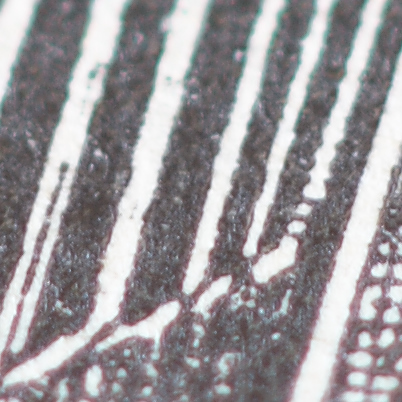
52B
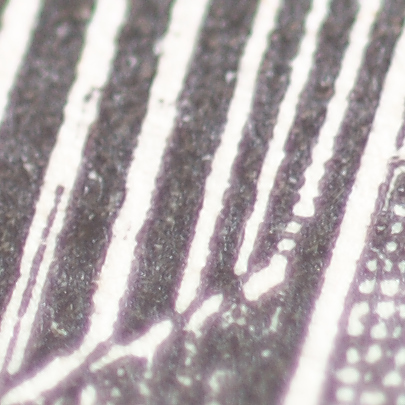
72B

Set 2 - f/5.6, 1:2 magnification:
Panagor
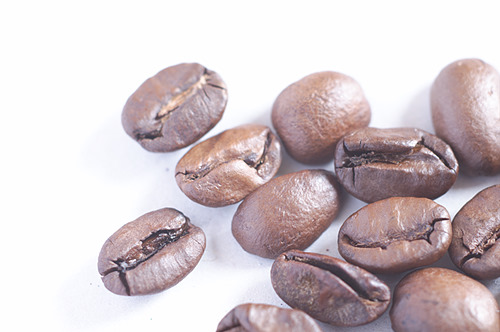
52B
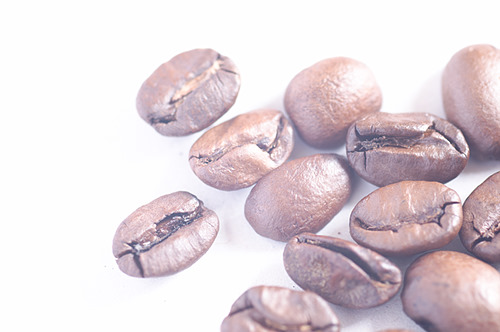
72B

*Resolution:
There is not much difference between contenders. The Tamrons might be slightly sharper than the Panagor on the f/2.8 shot, but that is a quite small difference. Those three lenses are all providing quite good sharpness.
*Color:
The 52B is slightly warmer
*Exposure:
It is clear that even when using the exact same exposure parameters, the 52B and 72B are gathering more light than the Panagor. Either the Tamrons have better coating, or the f/2.8 rating of the Panagor is a bit optimistic (it seems to be about f/3.2). It could also be a combination of both explanations.
*Contrast:
Under those intentionally difficult conditions, it is clear that the 52B is the one suffering most from a contrast issue. Both the Panagor 90/2.8 and the 72B are significantly better than the 52B, with a slight advantage toward the 72B featuring a slightly better contrast and more vivid colors than the Panagor.
| 0 trackbacks
| permalink
| related link
Saturday, April 3, 2010, 04:24 PM - Lenses
After a couple of years with my Soligor 21/3.8 lens (the same lens is also available under the Vivitar brand), I bought a modern 21mm in order to know what I could expect from 30 years of improvements on wide angle lenses.My 30 years old 21/3.8 Soligor lens (in T4 mount, used with an m42 adapter)...
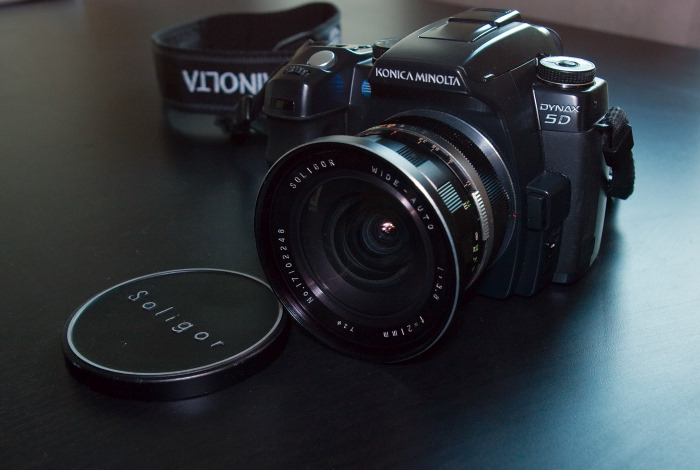
...and the newly designed lens, SMC Pentax DA 21mm F3.2 AL Limited:
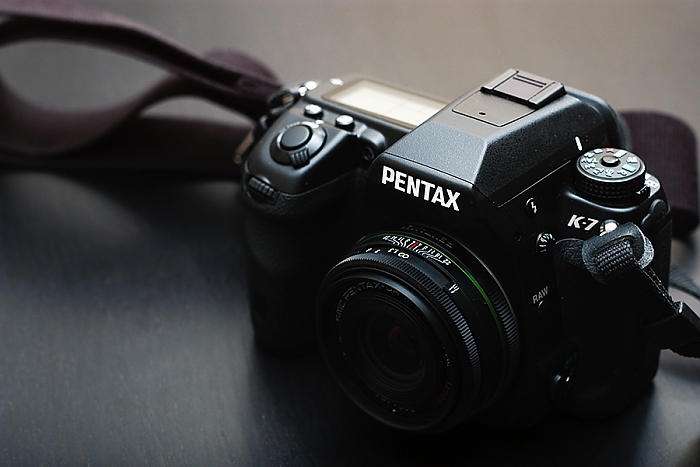
Pros of the Vivitar/Soligor lens:
*Universality: As a T4 mount, it can be used on any camera able to use m42 lenses, but also on Nikon SLRs. The Pentax, on the other hand, is a K mount lens which can only be used on Pentax SLRs/DSLRs. Moreover, the Vivitar/Soligor is a full frame lens, while the Pentax one is an aps-c only lens.
*Very low distortion. The Pentax lens has some slight barrel distortion that can be easily corrected in software, but that implies a new processing step within the workflow.
*Low vignetting. The Pentax lens exhibit noticeable vignetting when used wide open (but it nearly vanishes by f/4).
*The focus ring: The very long focus throw of the Soligor lens is significantly easier for manual focusing or prefocusing. The Pentax focus throw is only about 1/8th of a turn. The focus ring of the Pentax lens is very tiny, while it is comfortably large on the Vivitar/Soligor.
*Aperture ring: There is simply no aperture ring on the Pentax lens.
*Price: A second-hand Pentax 21/3.2 is priced between 4x and 6x the price of a second-hand Vivitar/Soligor 21/3.8.
Pros of the Pentax lens:
*Size and weight: The Soligor lens weights 380g against 140g for the Pentax one. The Vivitar/Soligor is using 72mm filters, while they are 49mm on the Pentax lens (or 43mm if you put the filter inside the provided lens hood).
*Flare: The Pentax lens is significantly more flare resistant (but it still flares a bit)
*Chromatic aberrations: CA are significantly lower on the Pentax lens.
*Sharpness: This is a strong point of the Pentax lens when compared to the Soligor/Vivitar lens. Moreover, corners are significantly less sharp than center untill f/11 on the Vivitar/Soligor, while there is much less difference between center and corners on the Pentax lens. That being said, when compared to other prime lenses, the 21/3.2 AL Limited is not a very sharp lens.
Similar between the two lenses:
*Build quality. The Pentax lens features a metal body, including the front cap and the lens hood. Marking on the lens are engraved before being painted, and overall build feels quite sturdy. It's similar to the Vivitar/Soligor lens (as 30 years ago a sturdy metal lens was the norm).
Wednesday, January 27, 2010, 02:57 PM - Photography
As I am often amazed by food pictures I decided to try it a bit, in order to start understanding how much work it requires. As I am not experienced within this field, I decided to start by imitating an already existing shot.I decided to copy this one:

It is from the Corbis library (copyright Riou/photocuisine/Corbis).
First shot with most of the set-up done, natural light from a window on the right:
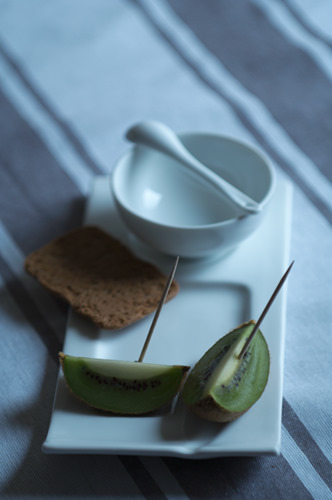
Set white balance manually using the plate:
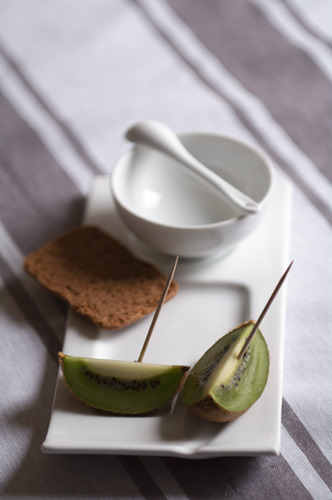
Add the chocolate. I did not put it earlier, as I was afraid that the spoon could drop into it while setting up the composition.
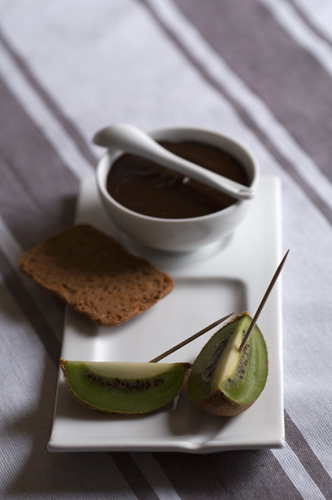
Add some cherries (not earlier as I was afraid that they could start dripping), and increase exposure time from 1/4th of a second to 1/2 second.
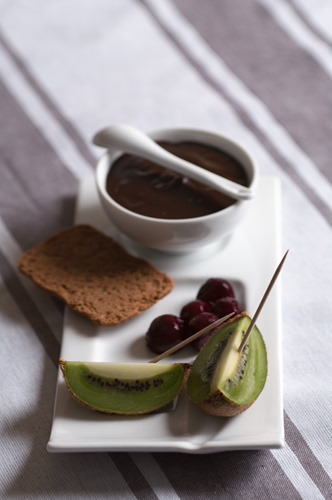
Add some fill light on the front left in order to reduce shadows. I could have used a reflector, but I used a flash (wireless).
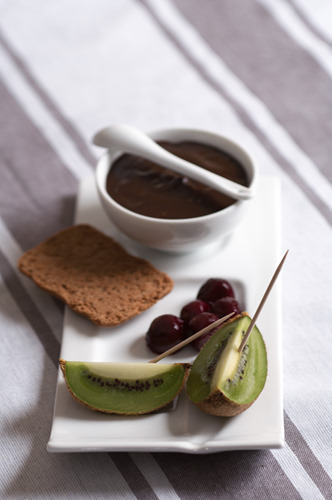
Increase the fill light power, once it is correctly positioned. As most of the light is still natural light, there is no real need to update white balance because of the fill-in flash.

Add a touch of style, and increase depth of field by 1 f-stop.

Increase exposure time from 1/2s to 1s.
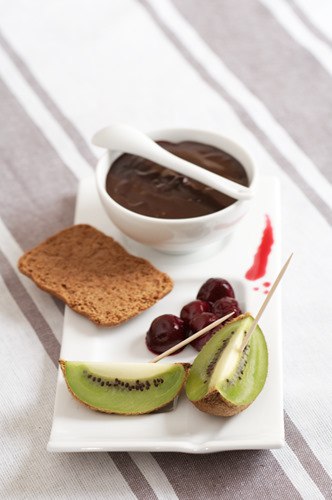
And finally clone out those ugly reflections from the flash on the front of the plate.
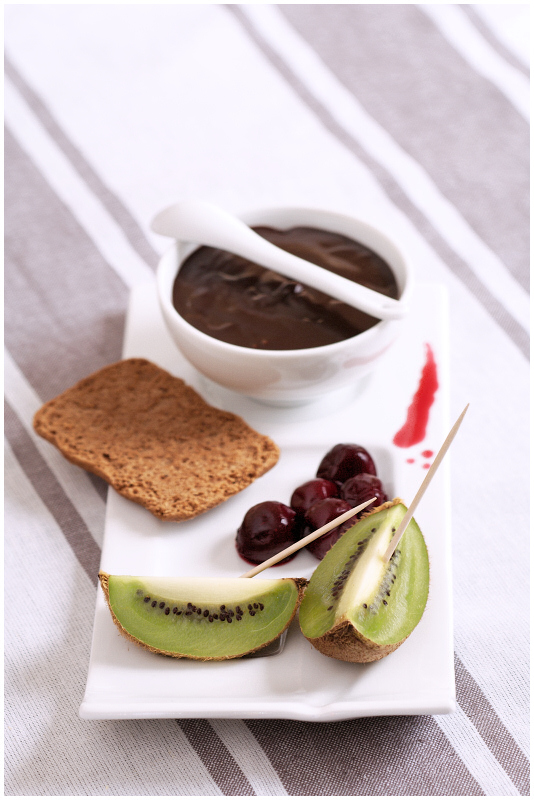
(this picture is available within my 2010 pic-a-day gallery)
Wednesday, December 23, 2009, 04:27 PM - Lenses

Here are a few shots from the Super-Multi-Coated Takumar 85/1.8 (M42 mount):
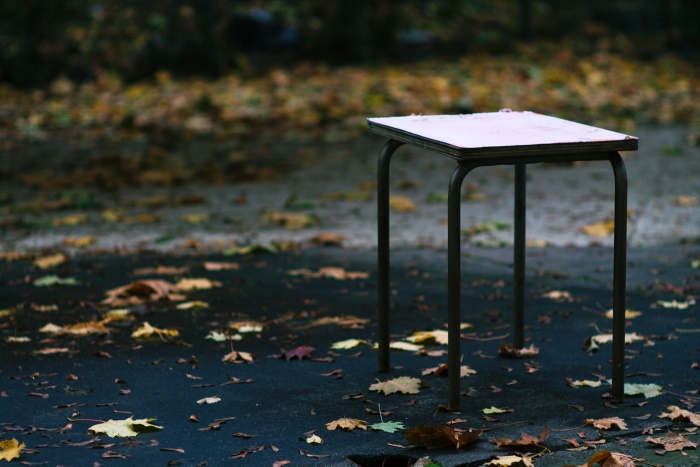
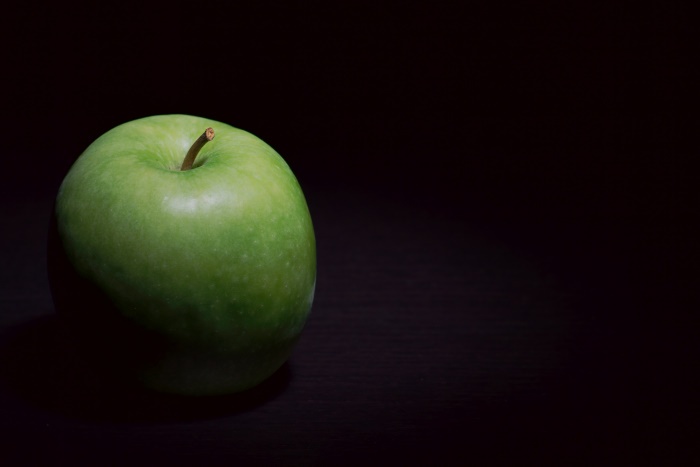

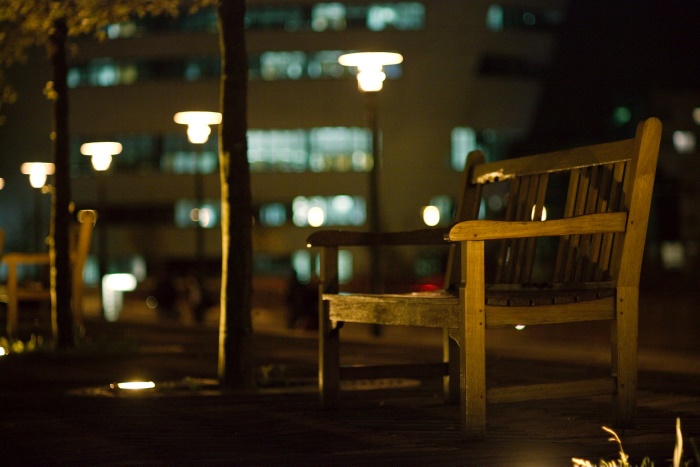
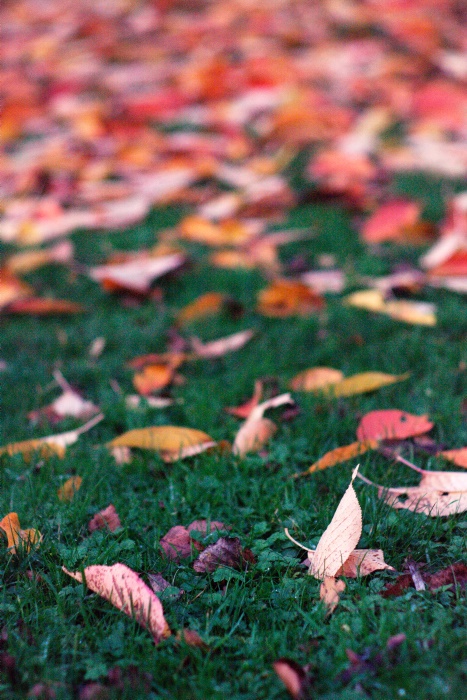

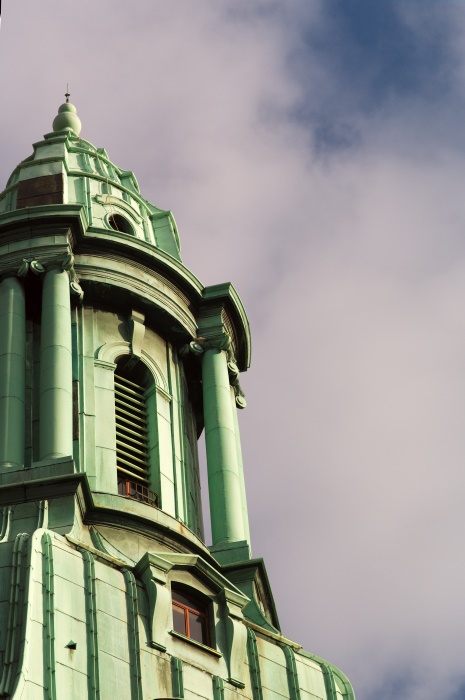
Back Next

 Calendar
Calendar




